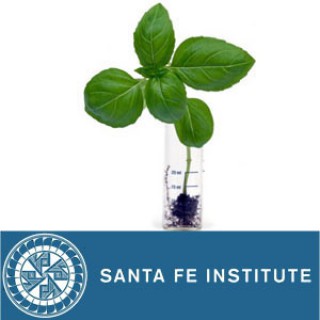
Networks, Technology and Innovation - Video
Follow Networks, Technology and Innovation - VideoEvery day seems to bring a new iPod, a new computer, a fancier cell phone, or some new gadget or device. Are there laws that drive this technological change? Our core knowledge of complex systems allows us to ask, and often answer, these types of questions: How does technological innovation compare…
- Feb 28, 2012 LATEST EPISODE
- infrequent NEW EPISODES
- 1h 8m AVG DURATION
- 4 EPISODES
More podcasts from Santa Fe Institute
Latest episodes from Networks, Technology and Innovation - Video

The intricacies of copyright law — once the province of publishing companies and their lawyers — are now relevant to the everyday lives of everyone with a computer and an Internet connection. Van Houweling will explore the implications of this development. What does it mean for a legal system that has long been relevant primarily to commercial publishers to impose both its burdens and benefits on millions of individuals? Especially provocative is the phenomenon of individuals as copyright owners. When we all create copyrighted works and post them online as part of our daily lives, what impact does that have on the creative and legal environment? What role should platform owners and other institutions (Facebook, YouTube, Creative Commons) have in managing this environment?

Petabytes of data about human movements, transactions, and communication patterns are continuously being generated by everyday technologies such as mobile phones and credit cards. In collaboration with the mobile phone, internet, and credit card industries, Eagle and colleagues are aggregating and analyzing behavioral data from over 250 million people from North and South America, Europe, Asia and Africa. Eagle discusses projects arising from these collaborations that involve inferring behavioral dynamics on a broad spectrum of scales from risky behavior in a group of MIT freshman to population-level behavioral signatures, including cholera outbreaks in Rwanda and wealth in the UK. The research group is developing a range of large-scale network analysis and machine learning algorithms that will provide deeper insight into human behavior.

The Internet, Epidemics, and Kevin Bacon: The Emerging Science of Networks


















